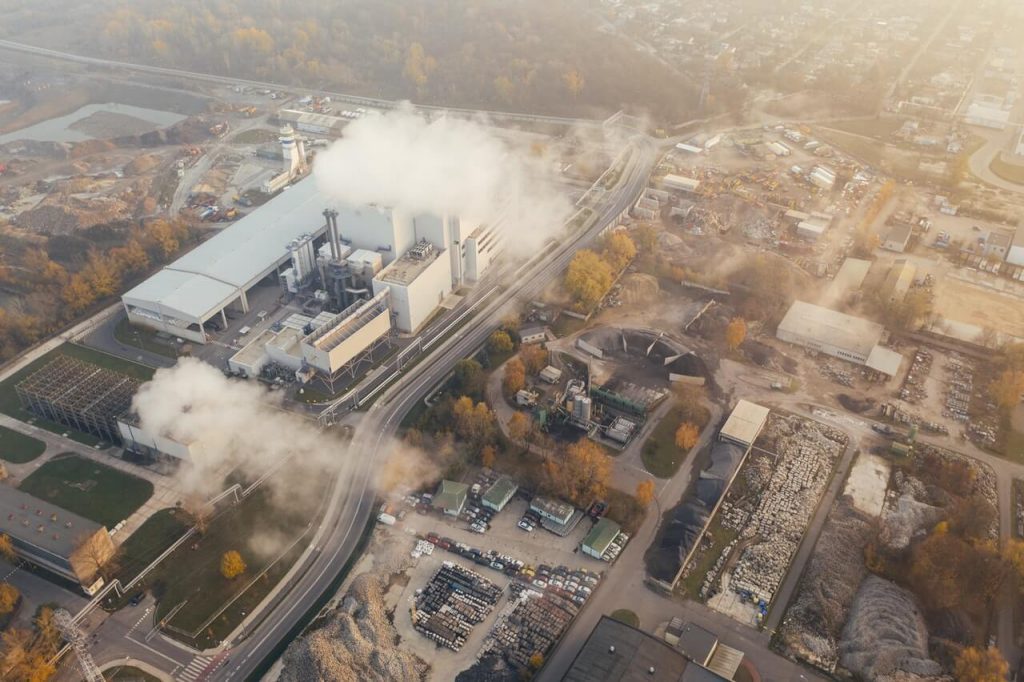The global supply chain is proving fragile. An August 2020 survey of global analysts found that ~75% of companies intend to accelerate plans to bring factories closer to customers. Most car factories take up millions of square feet and produce hundreds of thousands of units annually. Today, manufacturers are moving facilities closer to home, which presents an opportunity to upgrade to smart factory infrastructure. London-based electric vehicle startup Arrival is pioneering a new approach: microfactories. Reshoring and localization are key trends we will see in manufacturing in the next couple of years.

Companies are reshoring their business
More and more companies are moving their production and manufacturing facilities back home because of supply snarls and insufficient production capacity abroad. Dysfunctional supply chains are increasingly becoming a headache especially for small and medium-sized companies which have little clout to set prices. Wherever goods are scarce, prices explode. More and more firms are therefore cutting their costs and are reshoring their production.
Also, in recent years, many lower manufacturing cost regions have experienced wage inflation. This has reduced the labor arbitrage opportunity, especially when balanced against supply chain risks. For example, labor costs in China have been rising greatly in past years. In addition to lower cost, reshoring (bringing production to a home country or points of demand) and localization (bringing production closer to a home country or points of demand) offer other benefits through geographical proximity, time zone alignment, shorter lead times, and better service delivery. It also helps manufacturers tailor products to local preferences, and in some locations offer more intellectual property (IP) protection and a more talented local workforce.
What are microfactories?
These small, modular factories are highly automated and take up a few hundred square feet. They are cheaper to establish and run, which makes small outputs viable. Arrival’s electric van microfactory will produce just 10k vans a year and meet demand in its immediate area only. Arrival was valued at $13B last March. Microfactories are versatile, too. While conveyor-belt systems are designed around one product, microfactories lean on 3D printers and AI robotics that can be reconfigured for different product lines.
Conclusion on reshoring and localization
Reshoring is easier said than done and it’s not a decision that supply chain executives can make in isolation. Multiple factors come into play and competing priorities can deeply affect the direction business leaders choose. Accordingly, there should be an understanding, evaluation, and consensus regarding the trade-offs among costs, risks, and resilience.
